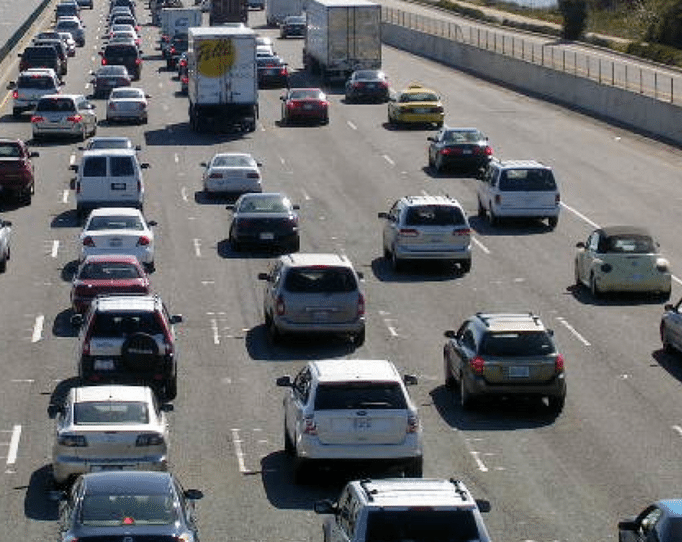Traffic Control By the Internet of Things

You’re driving on the freeway in moderate traffic, and suddenly traffic slows to a crawl. Mile after mile you’re in stop-and-go conditions. And when traffic picks up again, there’s no sign of what caused it.
I don’t know about you, but this scenario drives me insane. And if you’ve ever wondered whether real-time communications and the Internet of Things really impact us, check this out. By the way, this is an interesting case, but xMatters is not involved.
The I-80 SMART Corridor Project
There’s a 20-mile stretch of the I-80 that commuters have rated the most congested in the San Francisco Bay Area nine of the last 10 years. So CALTRANS (California Department of Transportation) is launching a unique project called I-80 SMART Corridor this summer, to provide real-time guidance of traffic conditions to drivers.
It’s a marvel of the Internet of Things and real-time communications.
Here’s how it works:
 Metal loops embedded in the road will provide thousands of data points, reporting slowdowns, accidents, obstructions, and other events. Sensors send all this information to an operations center, where an algorithm will organize it for action by humans.
Metal loops embedded in the road will provide thousands of data points, reporting slowdowns, accidents, obstructions, and other events. Sensors send all this information to an operations center, where an algorithm will organize it for action by humans.
Then a crew in a high-tech operations center will review all these data points and decide which are important enough to post on electronic warning signs for drivers.
The warnings will be posted on lighted signs along the sides of the freeway. In fact, signs will even be posted on surface streets to advise drivers who avoid the worst traffic when it’s OK to get back on the freeway.
So if there’s a traffic accident or an obstacle in the road, the crew could post it on a sign five miles before, along with advisory speed limit (not enforced by police).
Will these warnings improve traffic conditions? Hard to say. There are some good details in this story from the local public radio station KQED.
Will they improve safety? Hopefully. A similar project in Seattle has resulted in fewer accidents while stretches of freeway have seen accidents rise. And it’s no wonder.
First, drivers won’t be looking down at Google Maps or navigation systems on their smartphones while they’re driving. Second, they’ll have warnings that safe driving speeds are about to drop.
IoT for Notifications
Now imagine each of these data points is a notification coming through your IT department. If you could proactively assess the nature and importance of each event and communicate to the right person, you could prevent some ordinary events from becoming major incidents – and resolve major incidents faster. Otherwise the number of alerts becomes overwhelming, and alert fatigue can allow critical events to sneak through.
Shaving minutes off the time to notify your incident management personnel could save tens of thousands of dollars.
But Back to Our Story
I think the biggest benefit will be the satisfaction of knowing why traffic slowed down while you’re crawling along on the interstate.
What other practical uses for connected devices do you see coming?

